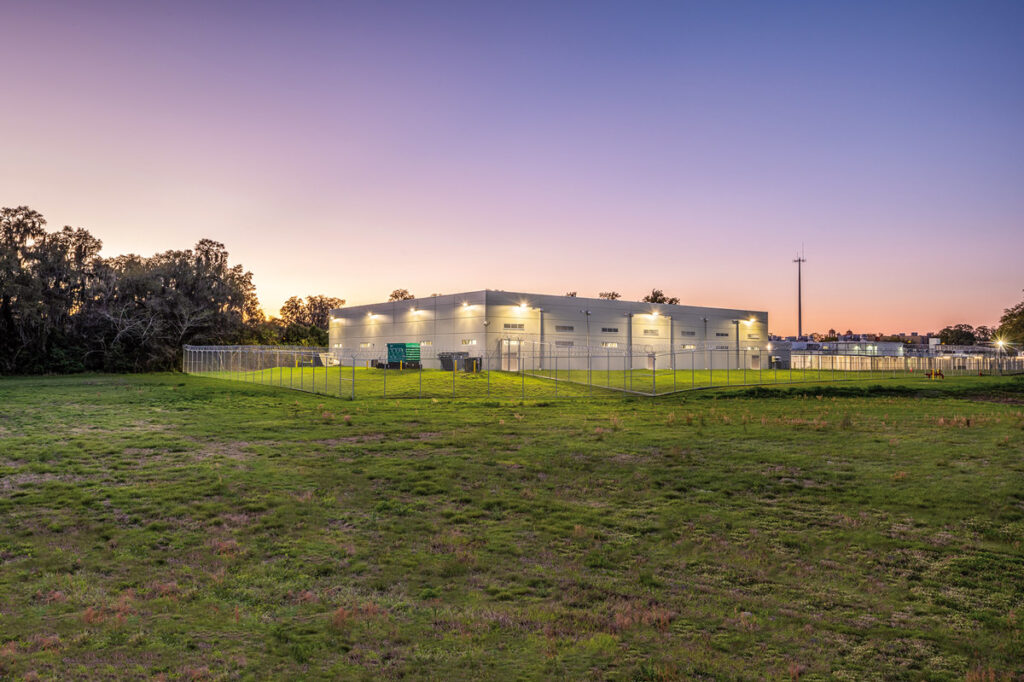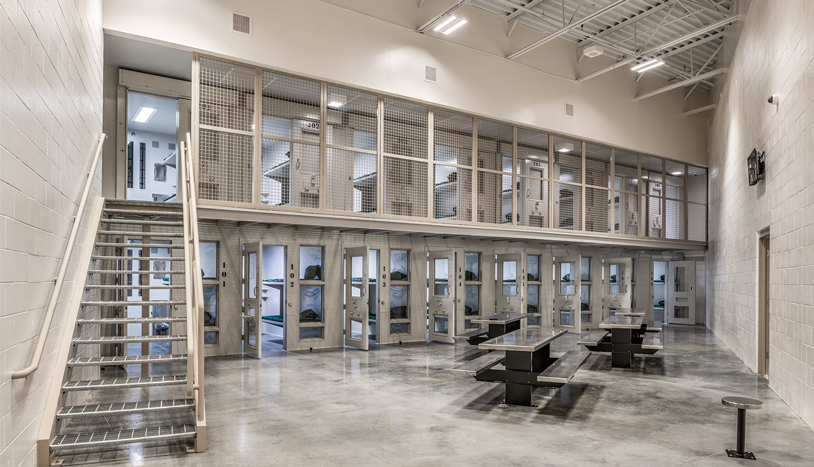In our dynamic industry, where project scopes and budgets frequently evolve, the early stages of a project are crucial to its success. Progressive design-build (PDB) has emerged as a promising method to manage the uncertainties and complexities of construction projects. Ajax Building Company, a leading player in this space, has leveraged this method to enhance project efficiency and innovation.
UNDERSTANDING PROGRESSIVE DESIGN-BUILD
PDB is essentially a combination of traditional construction manager-at-risk with the design-build approach, leveraging the early involvement of DB with the lowered risks of CMAR. By separating the design-build effort into design and build phases, this approach enables project teams to adapt to designs and adjust plans based on evolving needs.
A significant advantage of PDB is its streamlined project management. By overseeing the entire project lifecycle, Ajax manages both the budget and design features directly, ensuring financial constraints are met while incorporating key elements requested by the owner. For example, in the 65,898sf Sumter County (Florida) Public Safety Buildings project—which included two Public Safety Centers—the team worked closely with the client to identify and prioritize features such as advanced dispatch consoles and redundant systems, without exceeding the budget due to continuous oversight and adjustments throughout the design phase.
“The flexibility of the PDB approach allows us to continually evaluate client wants and needs, incorporating wish list items into the project as the budget allows,” says Jeremy Cox, Ajax’s Florida regional director of operations. “As the design progresses, we keep these items at front of mind so our clients can maximize their scope within the project budget.”
One wish list item for the Sumter County Public Safety Buildings included advanced dispatch consoles and enhanced redundancy in the Emergency Operations Center (EOC) and dispatch spaces. These features were crucial for ensuring the reliability and functionality of the public safety facilities. Ajax coordinated an early assisted design bid package to allow selection of the consoles ahead of the plans being completed so that at the time of subcontractor pricing, all construction documents had already been thoroughly coordinated with the selected consoles. The ability to integrate such advanced systems early in the design phase exemplified the flexibility and responsiveness of the PDB approach.

STREAMLINED COORDINATION
PDB also aids in projects where initial design criteria are not fully defined. While owners may have a general idea of their requirements, additional communication regarding specifications may be necessary. A prime example is the Sumter County Jail expansion. Featuring state-of the-art security systems, including advanced surveillance technology and a robust communication network, the expansion improved the facility’s ability to manage inmate activities and ensure safety for both staff and inmates.
“The client came to us with a broad vision, but this is where progressive design-build shines,” says Cox. “The PDB process helped us take those initial requirements and transform them into a detailed plan that adhered to their budget while addressing complex security and operational needs.”

Additionally, PDB has proven to enhance coordination among architects, contractors, and clients. With overlapping design and construction phases, continuous communication reduces the risk of delays. In the upcoming development of the Sumter County Service Center & Central Fire Training Complex, set to be completed in 2025, the team was able to address design challenges in real time and ensure that the facility met all operational requirements without unnecessary delays.
LESSONS LEARNED
Despite its benefits, PDB can pose a few challenges. According to Jordan Wise, operations manager at Ajax, one was the need for effective management of the design team. While managing another professional on the team can be challenging, the relationship makes or breaks the effort in the end.
Like with other approaches, another challenge can be balancing client expectations and ensuring that the final project aligns with the initial vision while staying within budget. The PDB structure helped provide guardrails for the required balance between accommodating client wishes and adhering to financial constraints.
The PDB approach is increasingly becoming a preferred method in the construction industry. As the demand for faster project delivery and integrated solutions rises, PDB offers a promising pathway for addressing these needs and shaping the future of construction.
